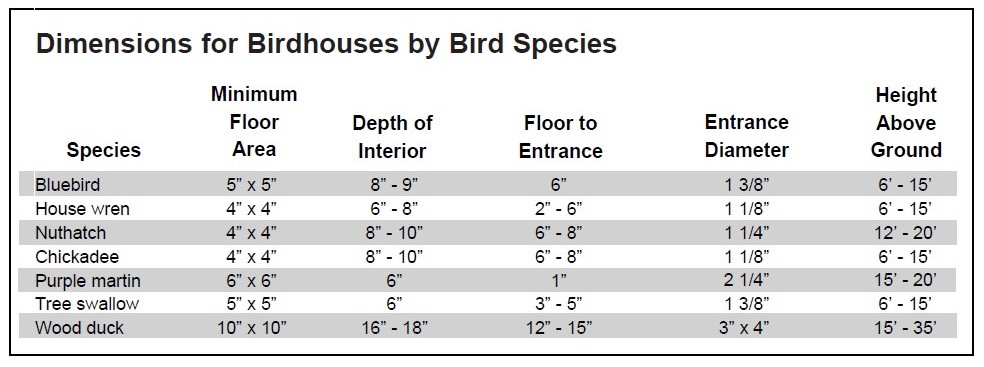Bluebirds, robins, chickadees, titmice, wrens, and purple martins adapt easily to using bird houses. They will choose rural or urban yards alike where there is a small patch of suitable habitat. This may consist of homemade bird houses and berry baskets of hair, moss, cottonballs, and yarn. Or, it may be a patch of wild garden and trees. The birds’ nest building and food gathering provide hours of entertainment to armchair bird watchers.
Nest Box Plans
First, almost any grade of untreated lumber can be used to build nest boxes for any bird species. Several types of wood, however, are more durable and desirable. Treated lumber should never be used for nest boxes. The most durable woods include cypress, cedar, and redwood. You will get much more life out of boxes constructed of these materials. Pine, although less durable, is easier to work and somewhat less expensive than other wood. Exterior-grade plywood can also be used; it is recommended for roof boards, no matter what lumber is used to construct the nest box. Lumber should be at least 3/4 inch thick to provide insulation for the birds. Nest box dimensions and height for placement are shown in the photo. Continue reading Bird House Plans: Design Ideas to Remember
